Home>Garden Essentials>How To Make Carrot Seed Oil
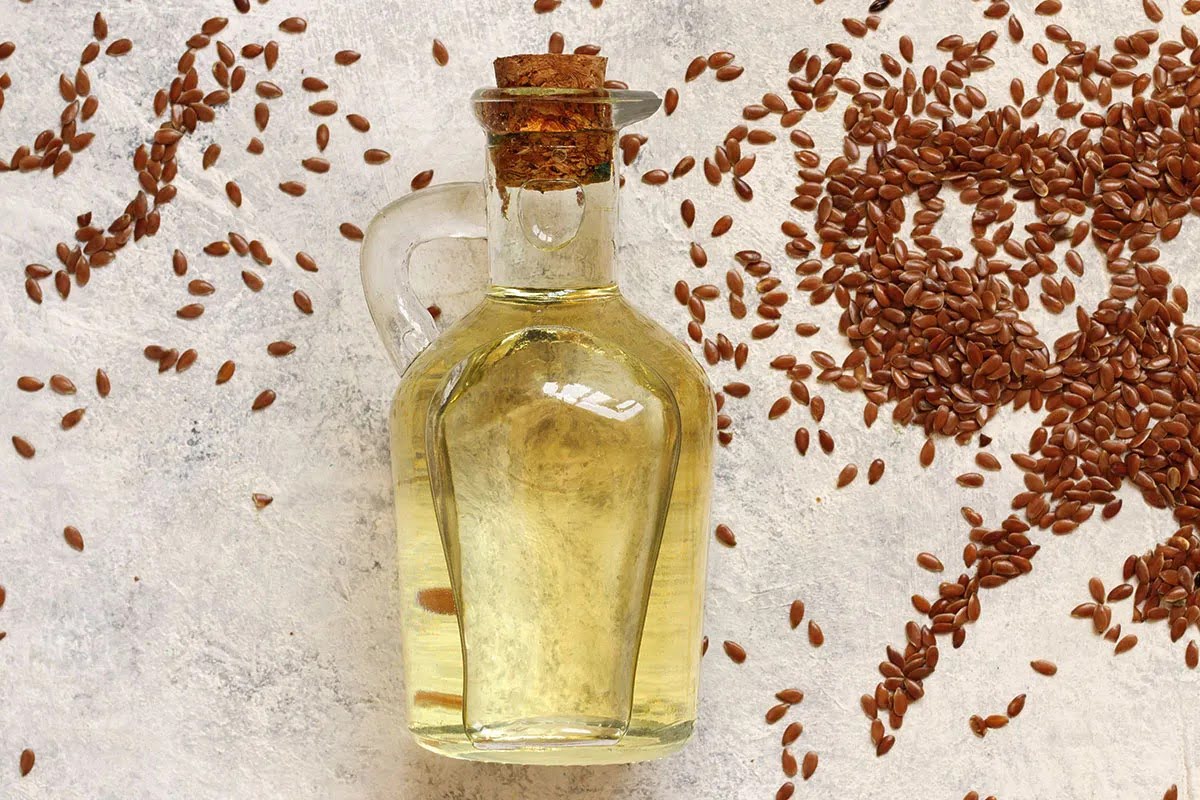

Garden Essentials
How To Make Carrot Seed Oil
Modified: August 28, 2024
Learn how to make carrot seed oil in your garden. Discover the step-by-step process to extract this beneficial oil and enhance your skincare routine.
(Many of the links in this article redirect to a specific reviewed product. Your purchase of these products through affiliate links helps to generate commission for Storables.com, at no extra cost. Learn more)
Introduction
Gardening enthusiasts are always on the lookout for innovative ways to make the most of their plants, and one of nature’s hidden treasures is carrot seed oil. Derived from the seeds of the humble carrot (Daucus carota), this oil is packed with numerous benefits for both the skin and overall well-being. Whether you want to improve your skincare routine or explore the therapeutic properties of essential oils, making your own carrot seed oil is a rewarding and fulfilling process.
In this article, we will delve into the benefits of carrot seed oil, the materials and equipment needed for its creation, and a step-by-step guide on how to make it at home. We will also explore a variation of infused carrot seed oil, perfect for those who want to experiment with different scents and properties. And finally, we will touch on storage and shelf life considerations to keep your precious carrot seed oil fresh for an extended period of time.
So let’s roll up our sleeves, gather our supplies, and embark on the journey of creating our very own carrot seed oil.
Key Takeaways:
- Create your own carrot seed oil at home using simple ingredients and a sun-infusion process to enjoy its skincare and aromatherapy benefits.
- Experiment with infused carrot seed oil by adding herbs, spices, or flowers for a personalized blend tailored to your preferences and therapeutic needs.
Read more: How To Use Carrot Seed Oil For Face
Benefits of Carrot Seed Oil
Carrot seed oil is renowned for its plethora of benefits, making it a popular choice in skincare and aromatherapy. Here are some of the key advantages that this mighty oil brings:
- Anti-aging properties: Carrot seed oil is rich in antioxidants, which help combat free radicals that contribute to premature aging. It aids in reducing the appearance of wrinkles, fine lines, and age spots, promoting a more youthful complexion.
- Moisturizes and nourishes: This oil is an excellent emollient, making it ideal for dry and damaged skin. It penetrates deep into the skin layers, providing hydration and nourishment, leaving your skin soft, smooth, and supple.
- Improves skin tone and complexion: Carrot seed oil promotes healthy and glowing skin by lightening dark spots and uneven skin tone. It helps even out hyperpigmentation, giving your complexion a more balanced and radiant appearance.
- Antibacterial and antifungal properties: Carrot seed oil contains natural antimicrobial properties that combat bacteria and fungi on the skin, helping to prevent infections and irritations. It is particularly beneficial for those with acne-prone skin.
- Stimulates hair growth: Applying carrot seed oil to the scalp can help stimulate hair growth by improving blood circulation and nourishing the hair follicles. It strengthens the hair shaft, reduces hair breakage, and adds shine to dull and lifeless hair.
- Relieves stress and promotes relaxation: With its earthy and warm aroma, carrot seed oil has a calming effect on the mind and body. It can help reduce stress, anxiety, and fatigue, promoting a sense of relaxation and well-being.
These are just a few of the many benefits that carrot seed oil offers. Its versatile nature makes it a valuable addition to any skincare or aromatherapy routine.
Materials and Equipment Needed
Before diving into the process of making carrot seed oil, it’s essential to gather all the necessary materials and equipment. Here’s a list of what you’ll need:
- Carrot Seeds: Start with high-quality carrot seeds, ensuring they are organic and free from any pesticides or chemicals.
- Carrier Oil: Choose a carrier oil that suits your preferences and skin type. Some popular options include jojoba oil, sweet almond oil, or olive oil.
- Mortar and Pestle: You’ll need these tools to gently crush and grind the carrot seeds, extracting their oil.
- Glass Jar: Select a clean, sterilized glass jar with an airtight lid for storing your homemade carrot seed oil.
- Cheesecloth or Fine Mesh Strainer: This will be used to strain the oil and remove any solid particles or sediments.
- Funnel: A funnel will make it easier to transfer the oil from the mortar to the glass jar without any spills or mess.
- Labels or Stickers: Consider labeling your glass jar with the date of preparation and the name of the oil to keep track of its freshness.
- Optional: Essential Oils: If you prefer a scented version of carrot seed oil, you can include a few drops of your favorite essential oil to enhance the aroma.
Make sure to prepare a clean and clutter-free workspace before starting the process. It’s important to maintain cleanliness throughout to ensure the quality and longevity of your carrot seed oil.
Now that you have all the necessary materials and equipment ready, let’s move on to the step-by-step guide on how to make carrot seed oil.
Steps to Make Carrot Seed Oil
- Step 1: Crushing the Carrot Seeds
- Step 2: Infusing the Seeds in Carrier Oil
- Step 3: Sunlight Infusion
- Step 4: Straining the Oil
- Step 5: Funneling into a Storage Jar
- Step 6: Optional: Adding Essential Oils
- Step 7: Storage and Shelf Life
Start by taking a small handful of carrot seeds and gently crush them using a mortar and pestle. This step helps to release the essential oils contained within the seeds, making it easier to extract.
Transfer the crushed seeds into a clean glass jar and add the carrier oil of your choice. The ratio of carrot seeds to carrier oil is typically around 1:4 or 1:5. Seal the jar tightly and give it a gentle shake to ensure the seeds are well distributed throughout the oil.
Now, find a sunny spot near a window or in your garden and place the jar in direct sunlight. Allow the mixture to infuse for about two weeks, shaking the jar gently every day to enhance the extraction process.
After two weeks, strain the infused oil using a cheesecloth or fine mesh strainer to remove any solid particles or residue. Squeeze the cloth or strainer to extract as much oil as possible.
Using a funnel, carefully transfer the strained oil into a clean, sterilized glass jar with an airtight lid. Make sure to label the jar with the date of preparation and the name of the oil.
If you prefer, you can enhance the scent of your carrot seed oil by adding a few drops of your favorite essential oil. This step is entirely optional and based on personal preference.
Store your homemade carrot seed oil in a cool, dark place away from direct sunlight. When stored properly, it can have a shelf life of up to six months. However, it’s advisable to perform a smell and texture test before each use to ensure its freshness.
Now that you have successfully created your own carrot seed oil, you can harness its benefits for skincare, aromatherapy, and more.
To make carrot seed oil, first, crush carrot seeds and then soak them in a carrier oil like jojoba or coconut oil for a few weeks. Strain the mixture and store the oil in a dark glass bottle to preserve its potency.
Variation: Infused Carrot Seed Oil
If you want to experiment with different scents and properties, you can create an infused version of carrot seed oil. This variation involves adding additional herbs, spices, or flowers to enhance the aroma and enhance the oil’s therapeutic benefits. Here’s how you can make infused carrot seed oil:
- Step 1: Selecting Additional Ingredients
- Step 2: Preparing the Additional Ingredients
- Step 3: Adding the Additional Ingredients
- Step 4: Sunlight Infusion
- Step 5: Straining and Storing
- Step 6: Testing and Enjoying
Choose herbs, spices, or flowers that complement the earthy scent of carrot seed oil. Some popular choices include lavender, rosemary, chamomile, or vanilla beans. Make sure to use high-quality, organic ingredients for the best results.
If using herbs or flowers, gently crush them to release their natural oils. If using spices or vanilla beans, you can leave them whole or grind them slightly to release their aromatic properties.
After crushing or preparing the additional ingredients, add them to the glass jar containing the carrot seeds and carrier oil. Ensure that the ingredients are evenly distributed.
Follow the same process of infusing the oil in sunlight as outlined in the previous section. Allow the mixture to steep for two weeks, shaking it gently every day to ensure proper extraction.
Once the infusion period is complete, strain the oil and remove any solid particles. Transfer the infused carrot seed oil into a clean, sterilized glass jar with an airtight lid. Label the jar appropriately.
Perform a smell and texture test to ensure the quality and freshness of your infused carrot seed oil. Use it in your skincare routine, for aromatherapy purposes, or as a thoughtful homemade gift for friends and family.
Infusing carrot seed oil with additional ingredients allows you to create a personalized blend tailored to your preferences and desired therapeutic effects. Get creative and explore different combinations to find the perfect infused carrot seed oil that suits your needs.
Read more: How To Make Seed Tape For Carrots
Storage and Shelf Life
Proper storage is crucial for maintaining the quality and extending the shelf life of your homemade carrot seed oil. Here are some important considerations:
- Container: Store your carrot seed oil in a clean, sterilized glass jar with an airtight lid. Ensure that the jar is completely dry before transferring the oil to prevent any moisture contamination.
- Location: Choose a cool, dark place for storing the oil. Direct sunlight and heat can degrade the oil and reduce its effectiveness over time.
- Airtight Seal: Close the lid tightly to create an airtight seal. This will prevent oxygen from entering the jar and oxidizing the oil.
- Shelf Life: Carrot seed oil, when stored properly, can have a shelf life of up to six months. However, it’s always a good idea to perform a smell and texture test before each use to ensure its freshness. If the oil smells rancid or has changed in consistency, it’s best to discard it.
- Refrigeration: If you live in a warm climate or want to extend the shelf life of your carrot seed oil, you can store it in the refrigerator. Cold temperatures can help slow down the oxidation process, preserving the oil for a longer period.
- Labeling: To keep track of the preparation date and oil type, consider labeling the jar. This way, you’ll know when it was made and make it easier to use the oil within its recommended shelf life.
Remember, natural oils may vary in composition, so always perform a patch test on a small area of your skin before using carrot seed oil extensively. It’s also important to consult with a healthcare professional or aromatherapist if you have any specific concerns or conditions.
By following these storage guidelines, you can ensure the longevity and efficacy of your homemade carrot seed oil, allowing you to enjoy its benefits for months to come.
Conclusion
Creating your own carrot seed oil is a rewarding and fulfilling process that allows you to harness the numerous benefits of this natural wonder. Whether you’re interested in enhancing your skincare routine or exploring the therapeutic properties of essential oils, carrot seed oil offers a wide range of advantages for both the skin and overall well-being.
By following the step-by-step guide outlined in this article, you can easily make carrot seed oil at home using simple and readily available ingredients. Remember to gather high-quality carrot seeds, choose a suitable carrier oil, and sun-infuse the mixture to extract the precious properties of the seeds. Consider adding herbs, spices, or flowers for a delightful variation of infused carrot seed oil.
Storage is key to preserving the freshness and extending the shelf life of your homemade oil. Ensure that you store it in a clean, airtight glass jar in a cool and dark place, away from direct sunlight and heat. Performing regular smell and texture tests will help determine if the oil is still suitable for use.
Whether you use carrot seed oil for its anti-aging properties, moisturizing benefits, or as an essential oil for aromatherapy, it’s important to remember that natural products may vary in their effects. Patch testing and consulting with a professional is always recommended, especially if you have any specific skin concerns or conditions.
Now that you have learned how to create your own carrot seed oil and discovered its numerous benefits, it’s time to explore the wonders of this botanical treasure. Enjoy the process of making your homemade oil, and embrace the natural goodness that carrot seed oil brings to your skincare and well-being.
Frequently Asked Questions about How To Make Carrot Seed Oil
Was this page helpful?
At Storables.com, we guarantee accurate and reliable information. Our content, validated by Expert Board Contributors, is crafted following stringent Editorial Policies. We're committed to providing you with well-researched, expert-backed insights for all your informational needs.
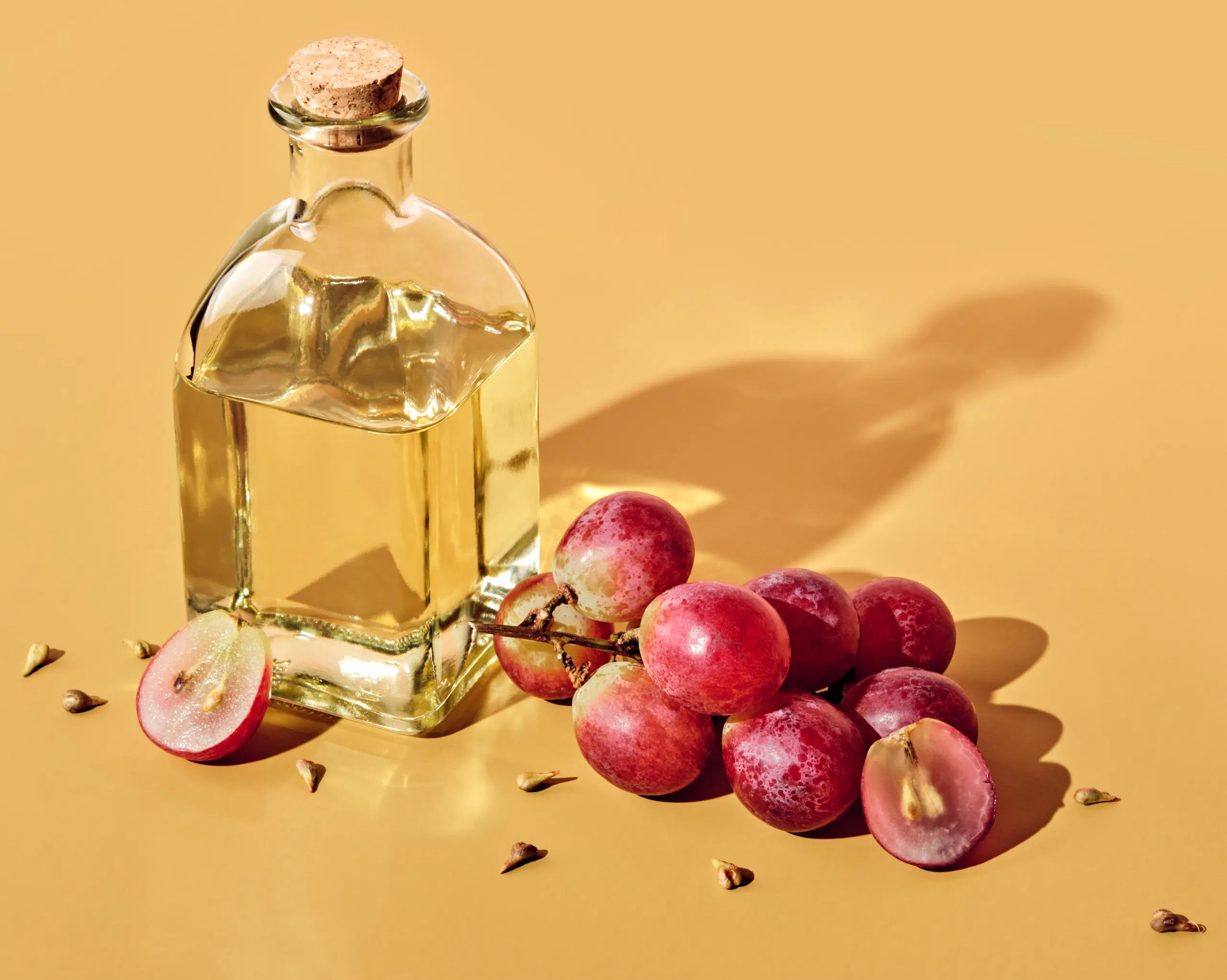
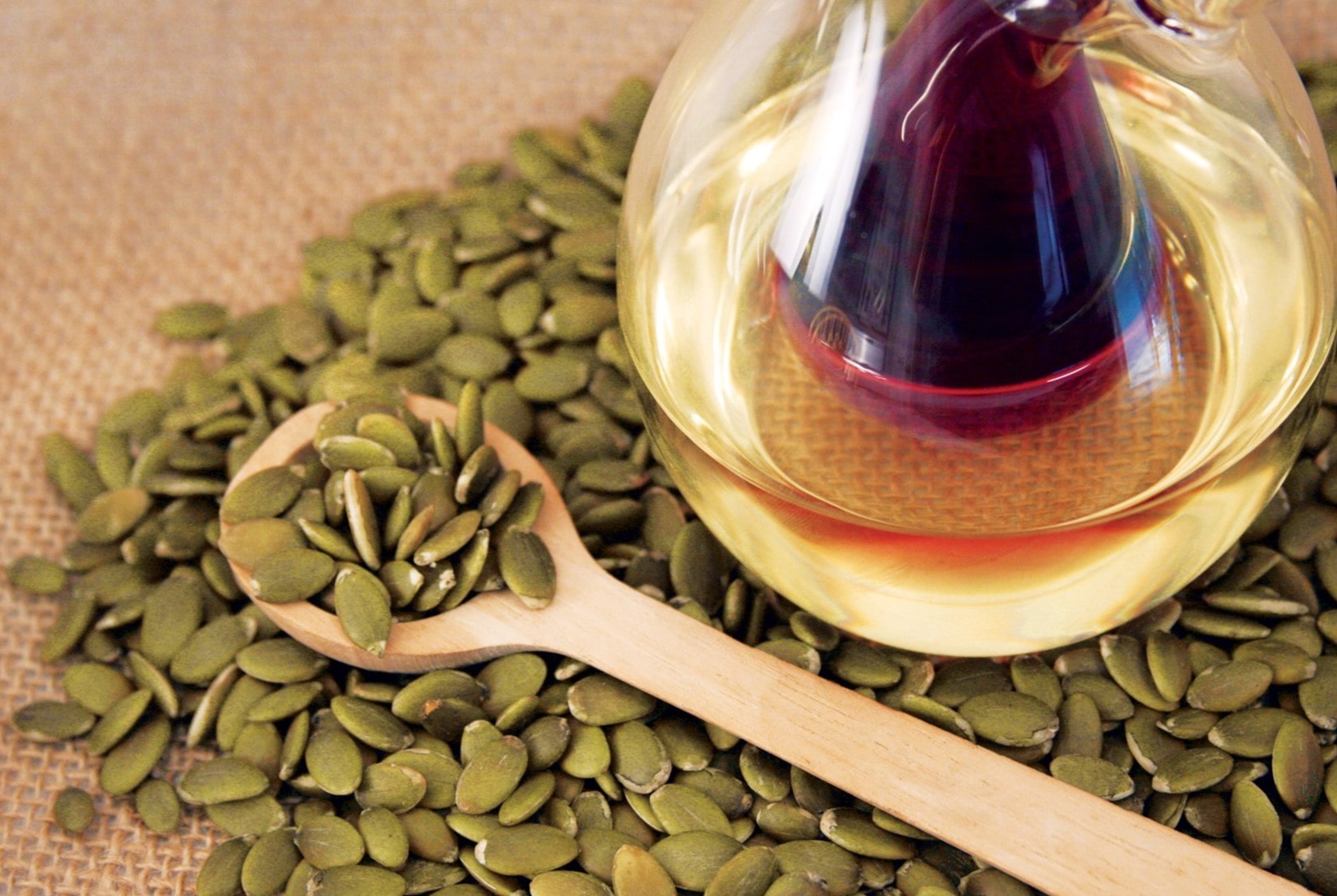
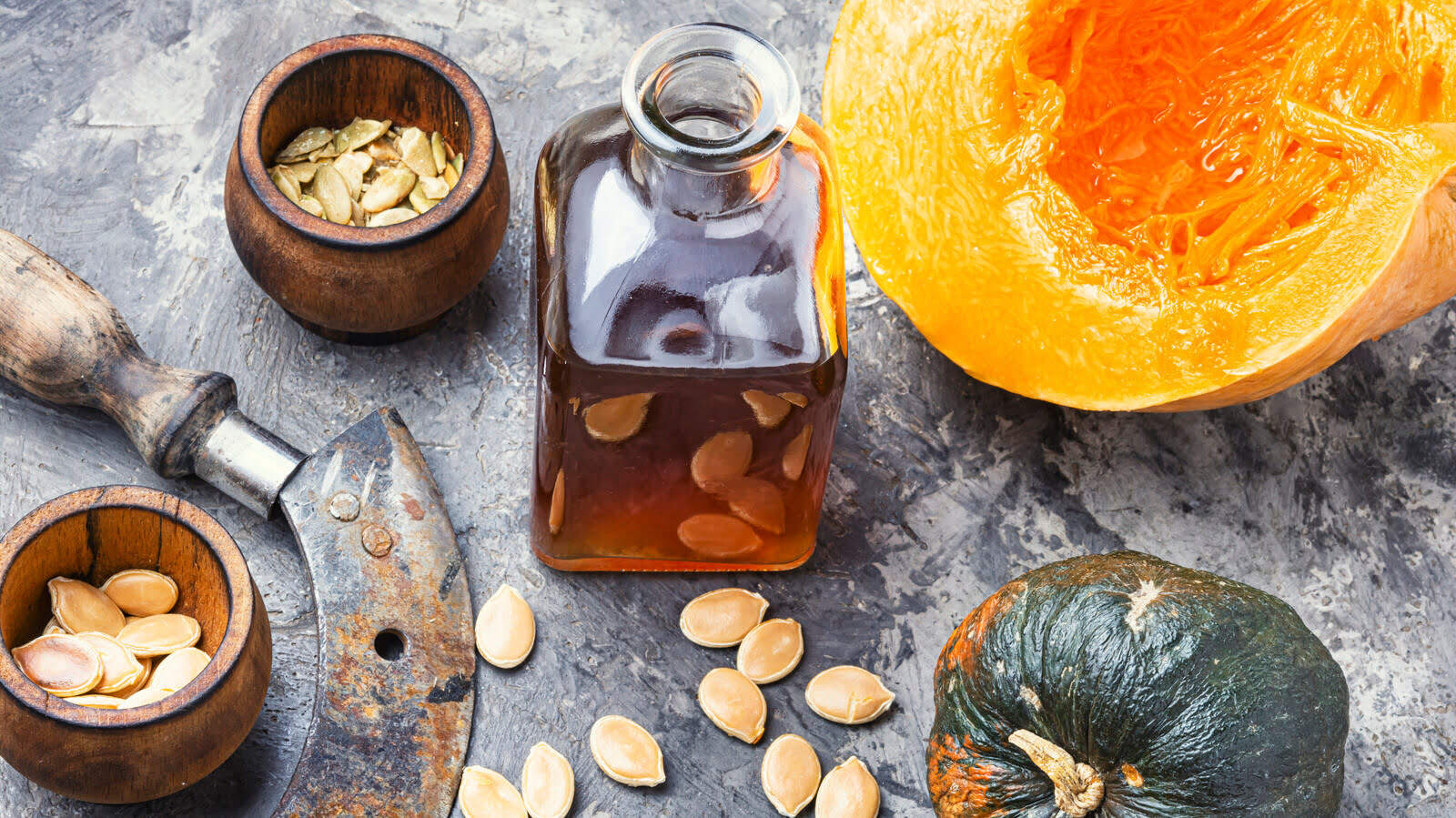
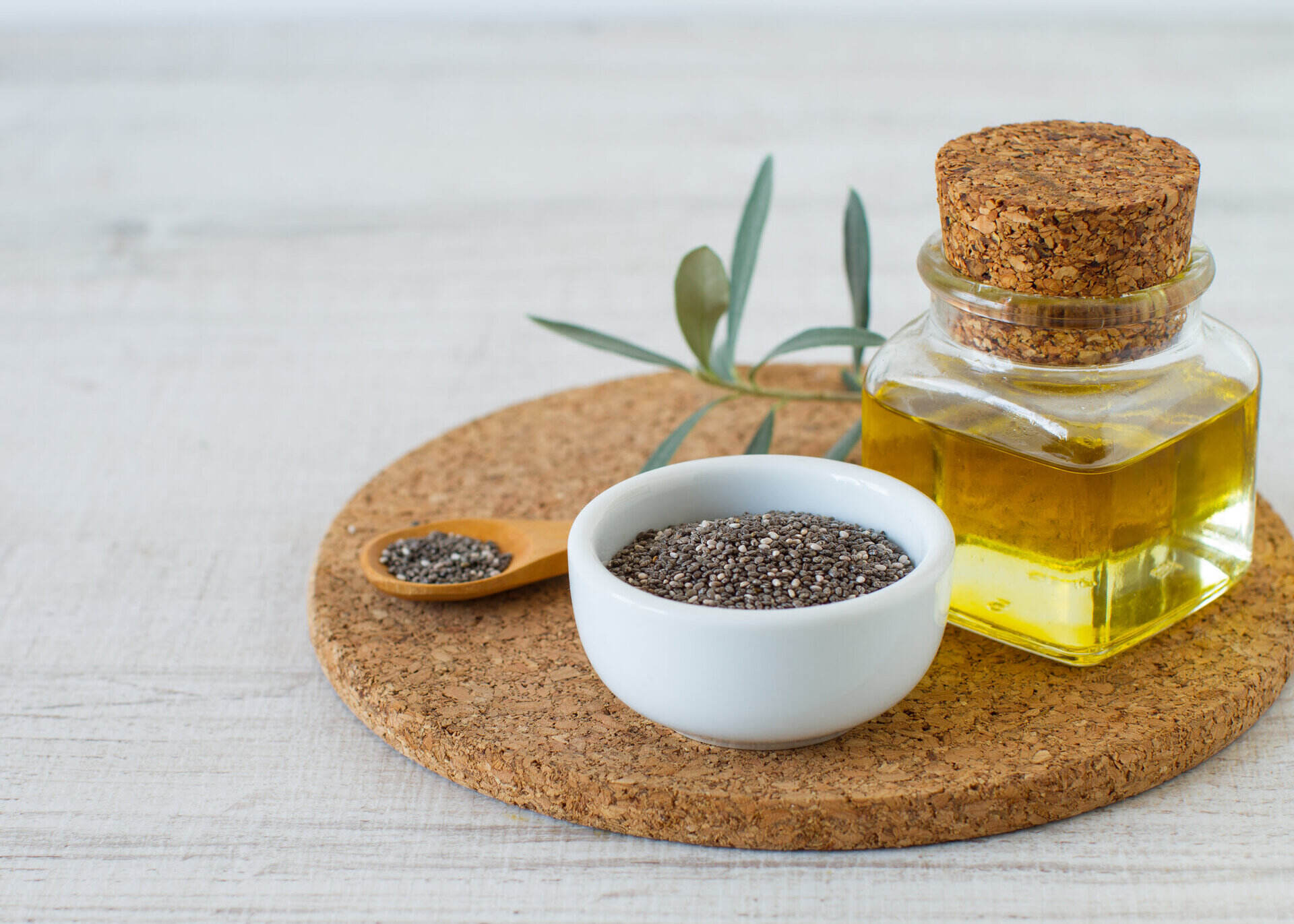
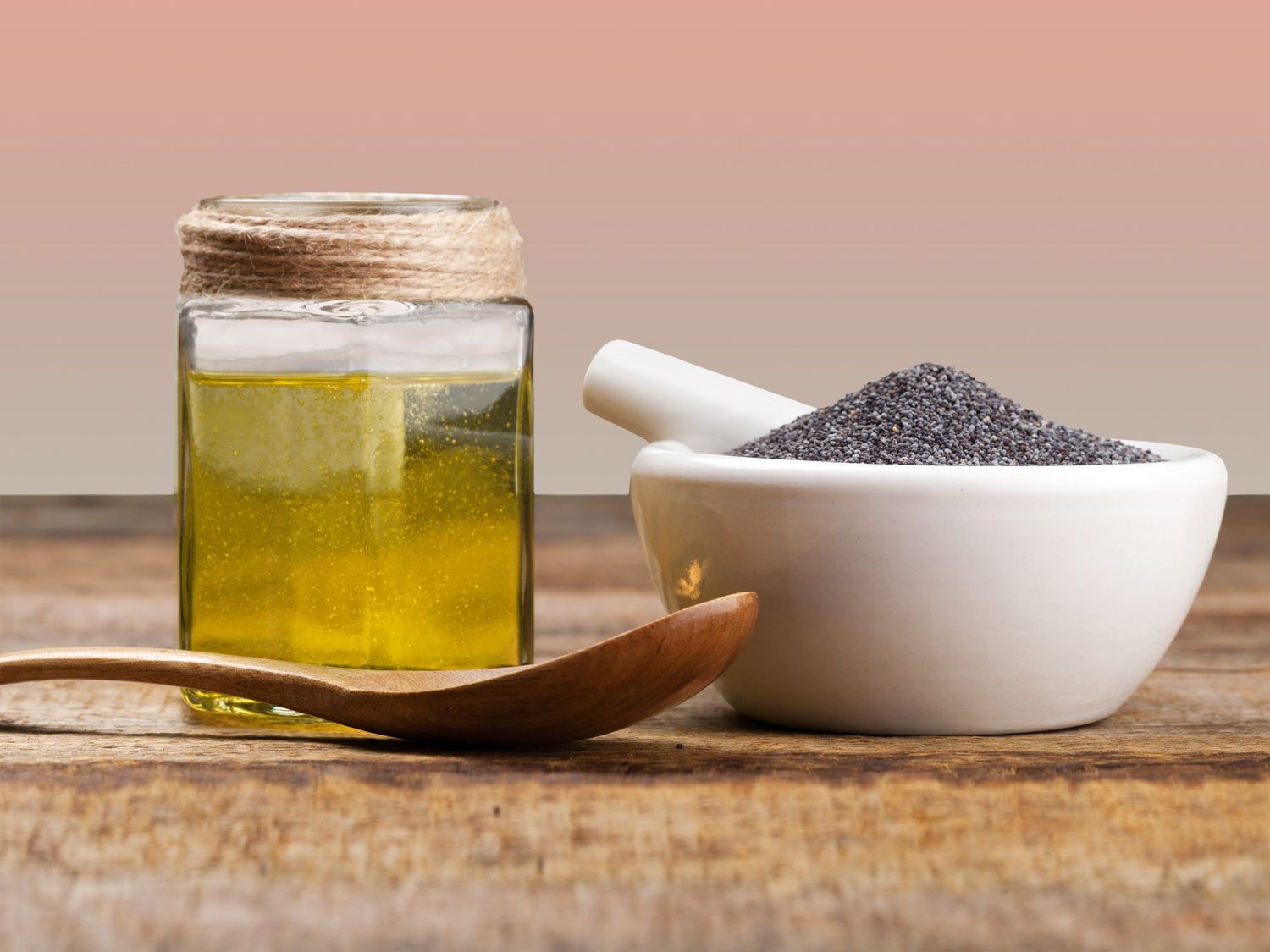
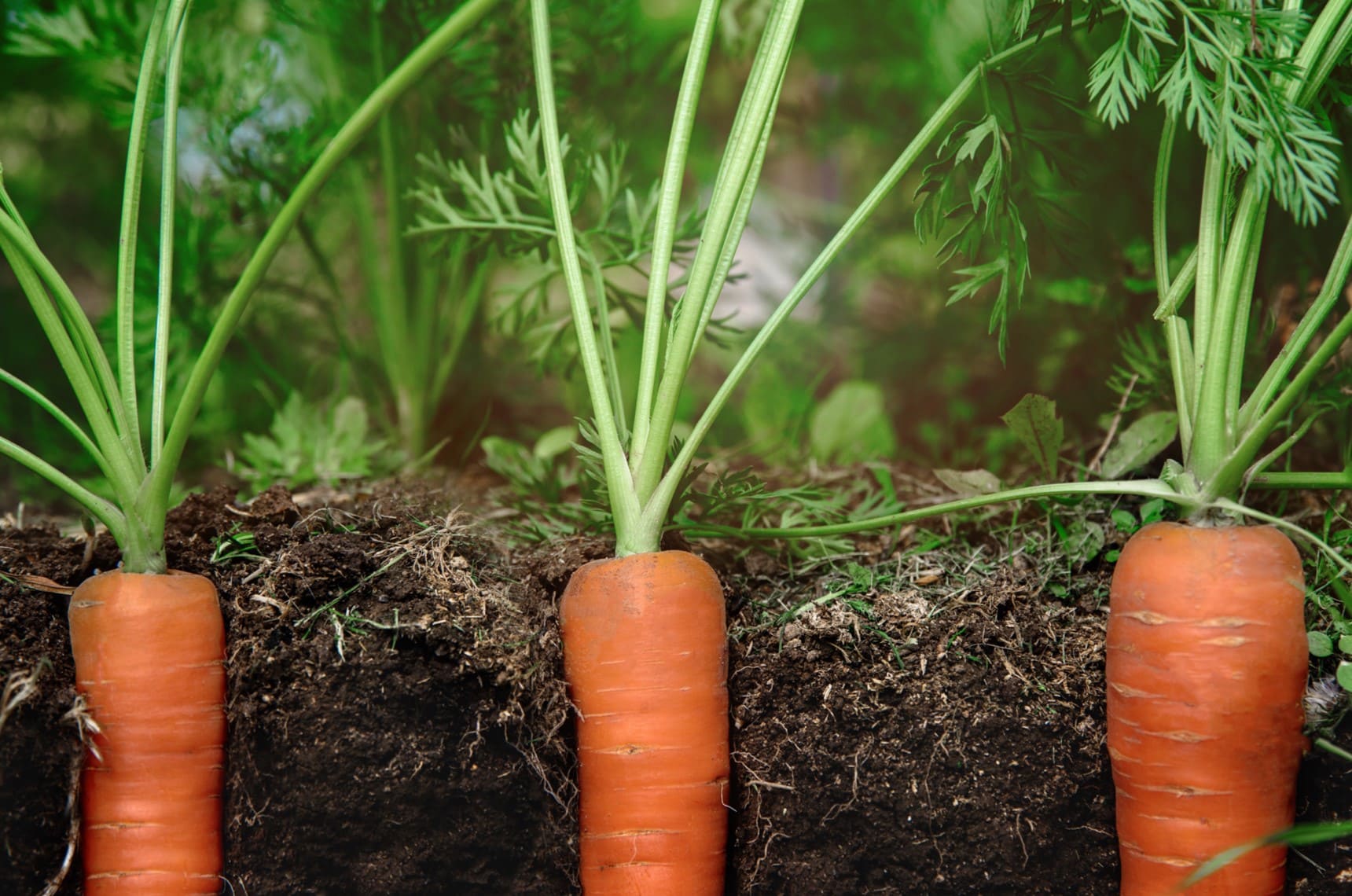
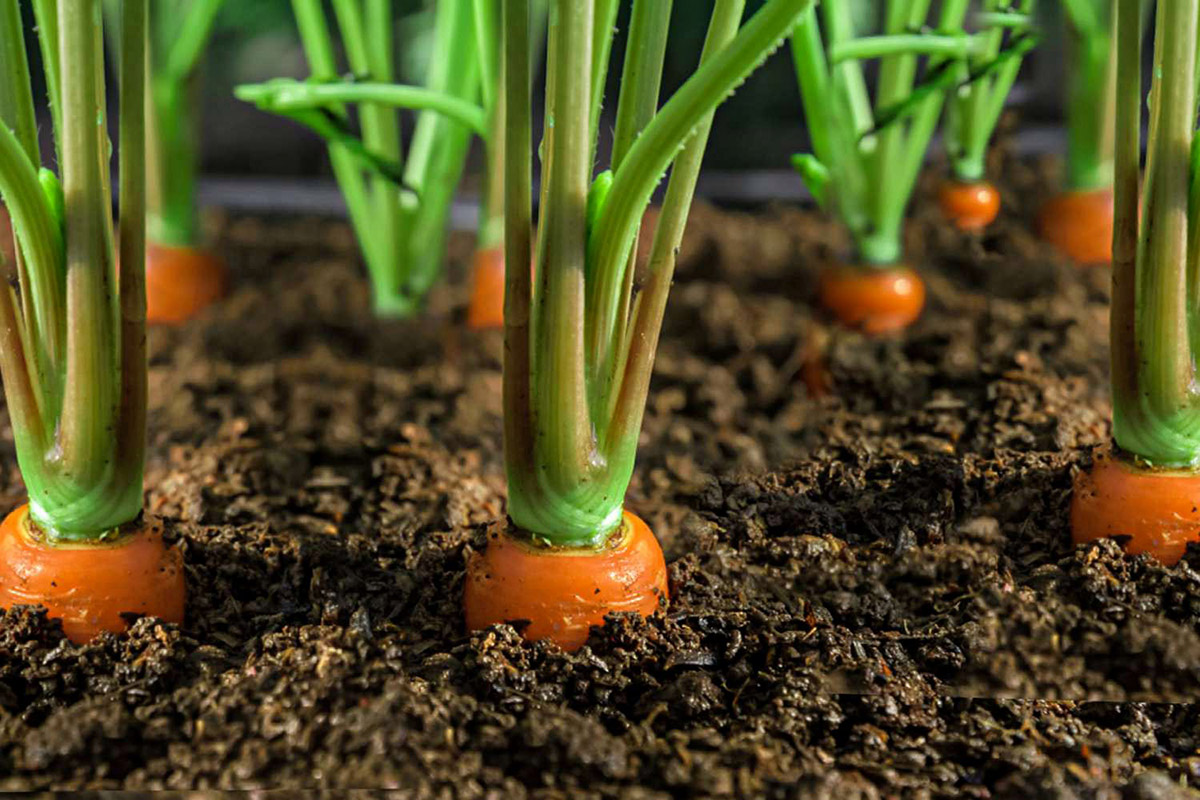
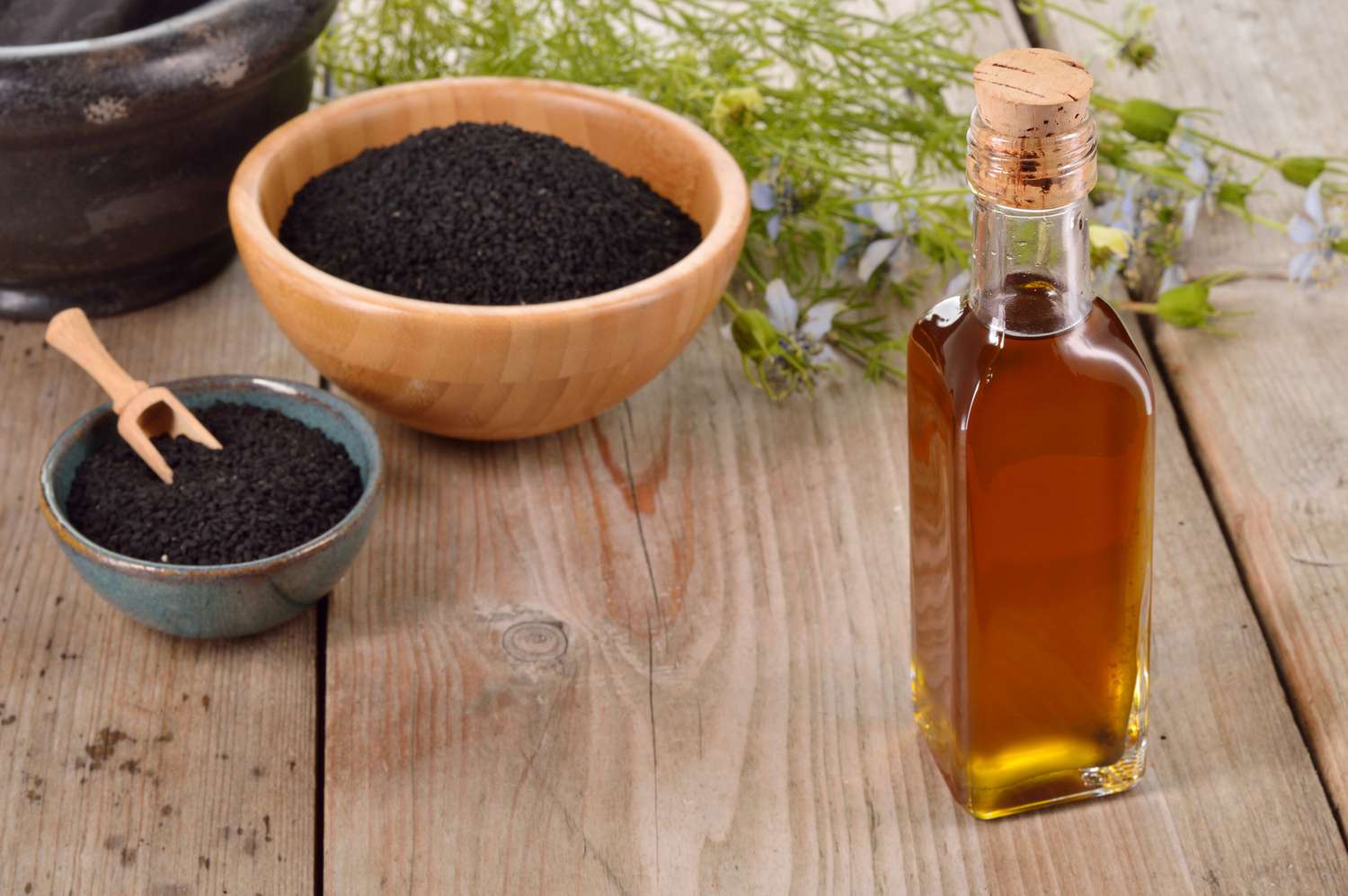
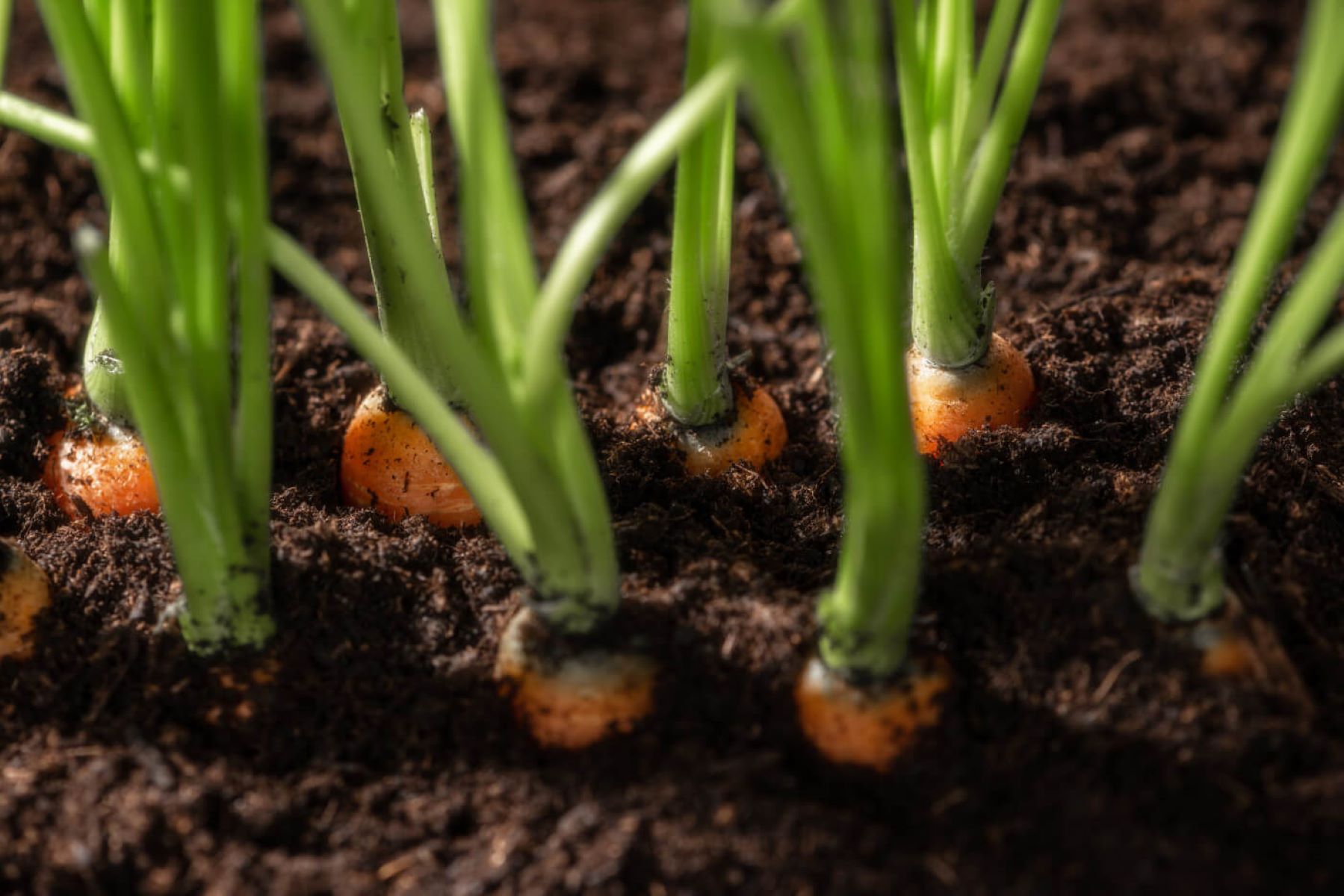
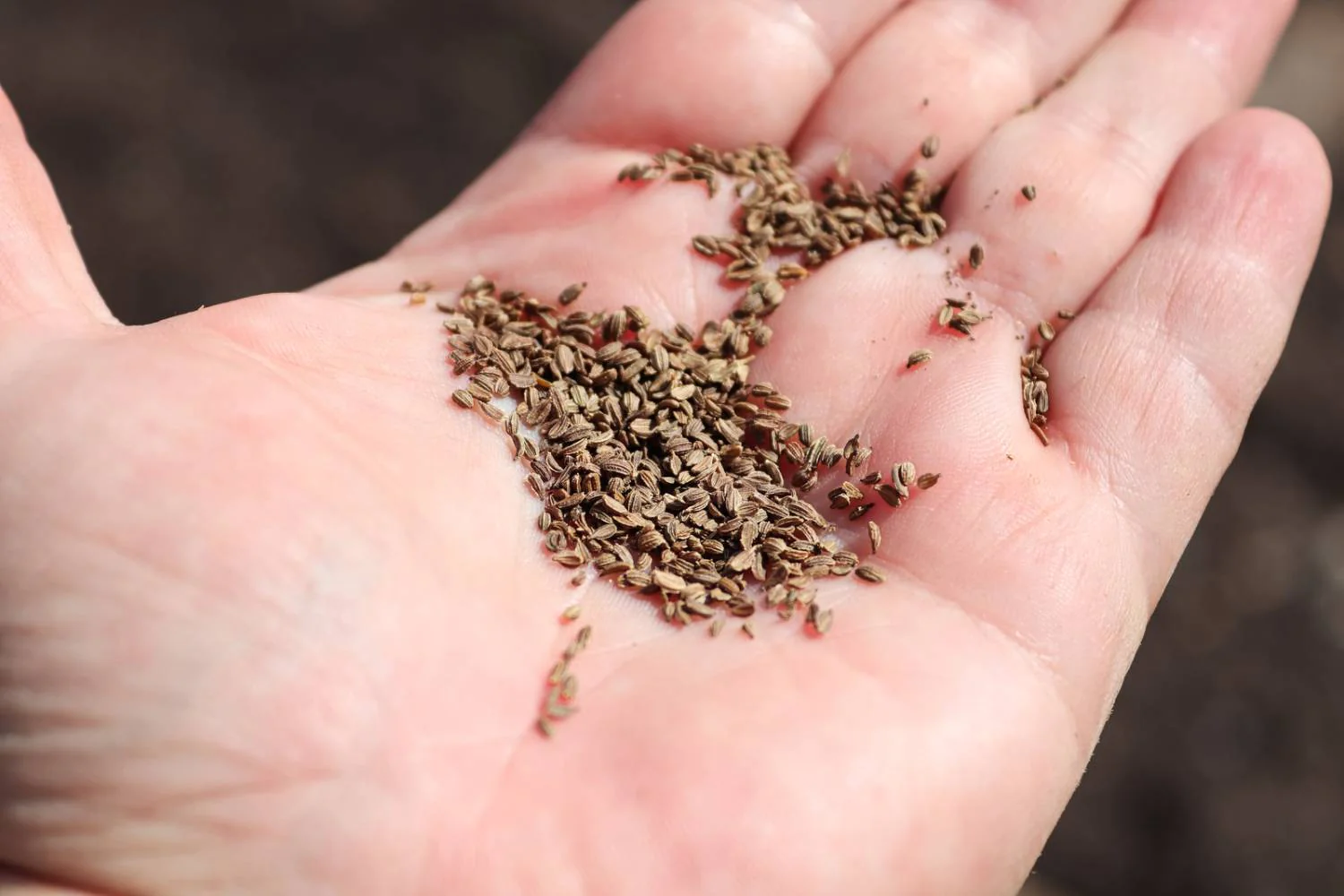
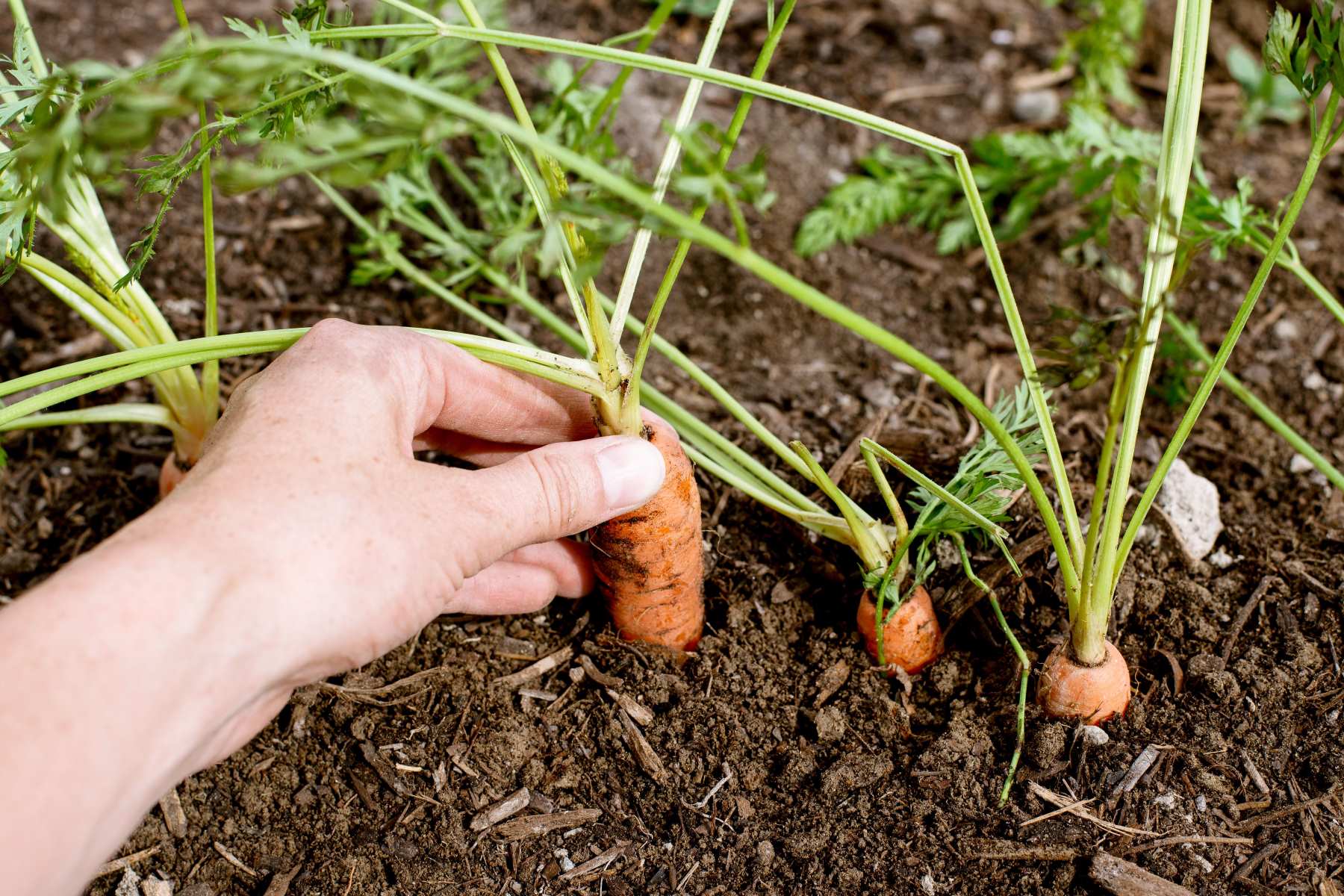
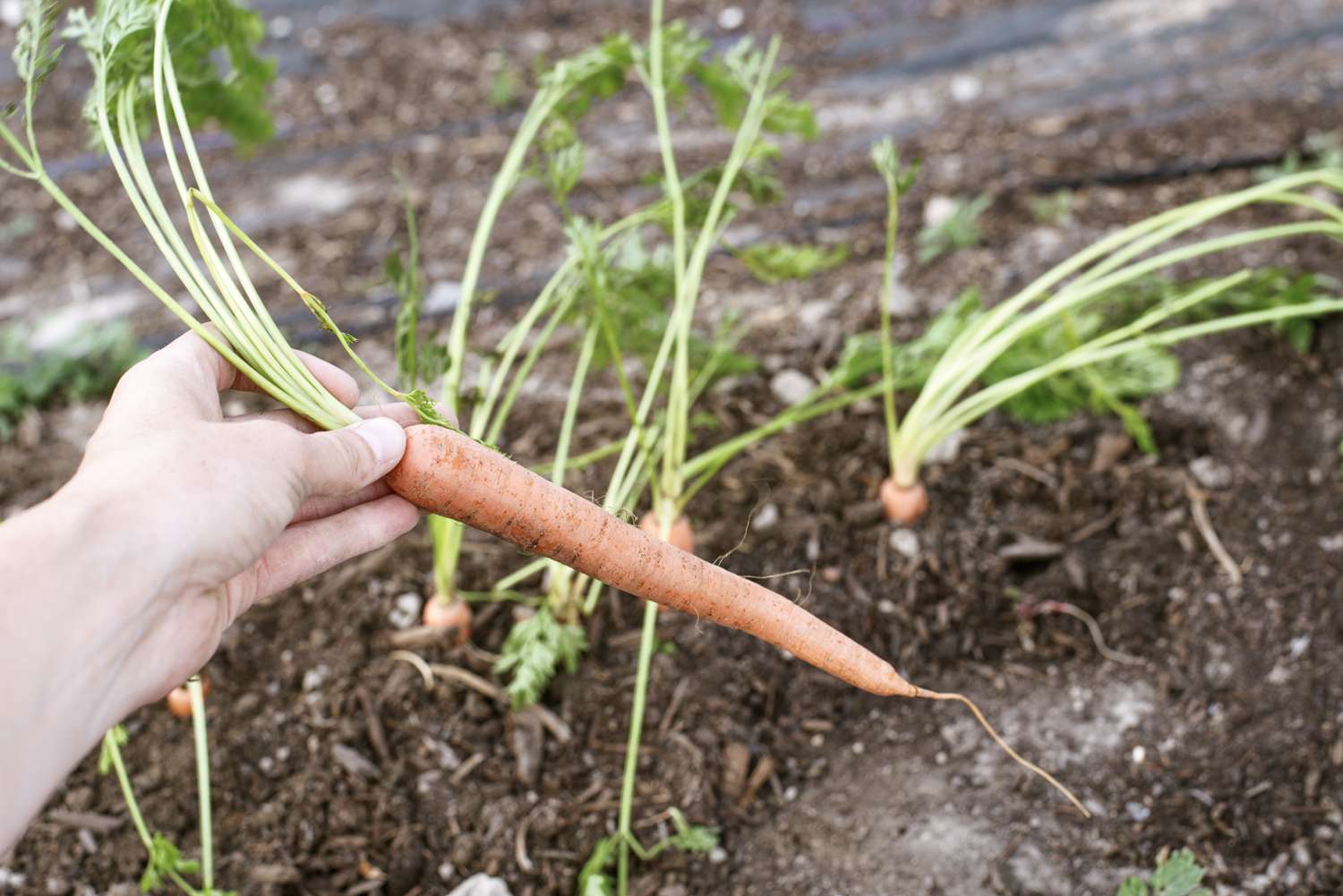
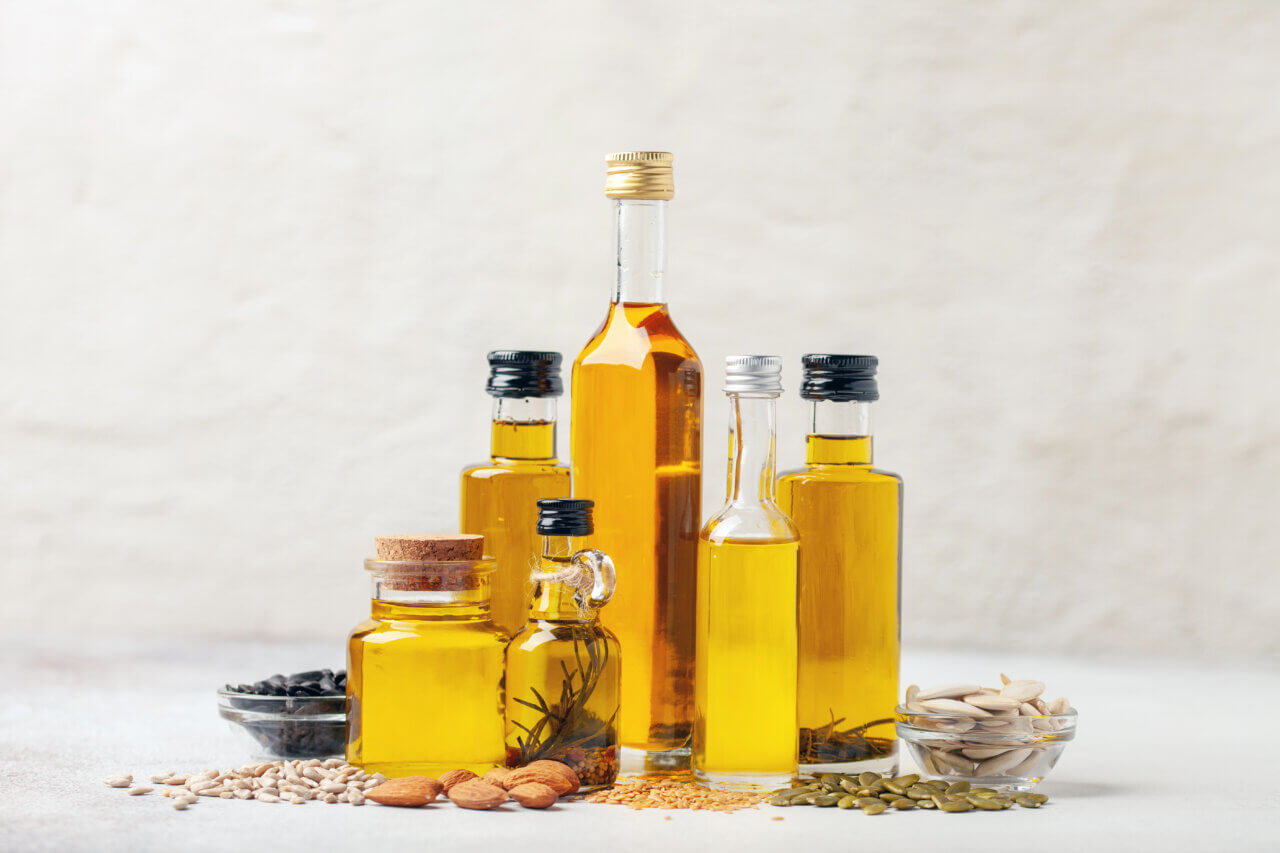
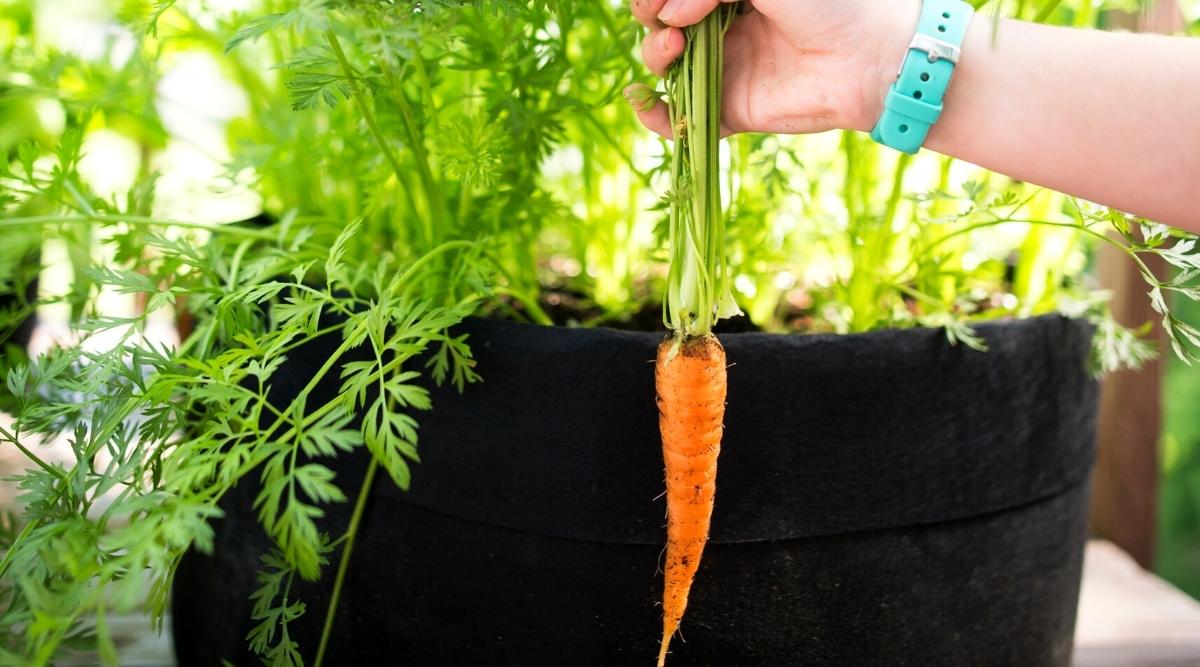

0 thoughts on “How To Make Carrot Seed Oil”